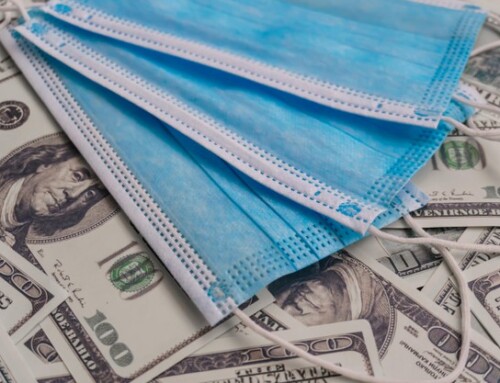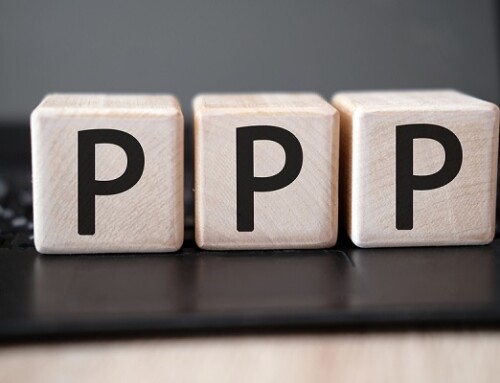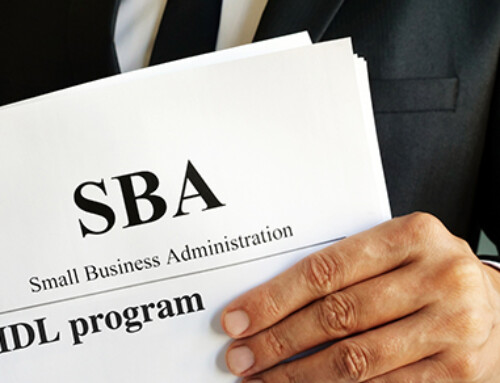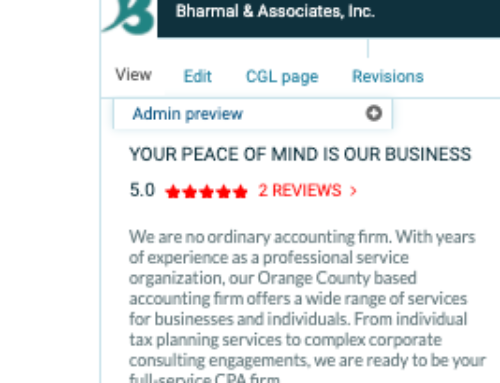IRS Enables Millions to Qualify for the $100,000 Grab & Repay
New IRS guidance expands the possibilities for what is an adverse COVID-19 impact on you for purposes of taking up to $100,000 out of your retirement accounts and repaying it without penalties. First, let’s look at the rules as they existed before this new IRS guidance. The CARES Act created the first set of favorable rules, and those rules are still in play.
What the CARES Act Says
A coronavirus-related distribution from your qualified retirement plan, Section 403(b) plan, or IRA gets two tax benefits:
- If you withdraw and keep the money, you pay no 10 percent early withdrawal penalty and you can spread the income equally over tax years 2020, 2021, and 2022. You also can elect to include it all in tax year 2020, if you want.
- You can repay the money within three years of the distribution date and pay no tax or penalty on the amount.
Under the CARES Act relief, you qualify for a coronavirus-related distribution i
- you, your spouse, or your dependent is diagnosed with COVID-19 with a CDC-approved test;
- you experience adverse financial consequences as a result of being quarantined, being furloughed or laid off, or having work hours reduced due to COVID-19;
- you experience adverse financial consequences as a result of being unable to work due to lack of childcare due to COVID-19; or
- you experience adverse financial consequences as a result of closing or reducing your business hours due to COVID-19.
And then there are two additional CARES Act rules for coronavirus-related distributions:
- You can’t treat more than $100,000 per person as a coronavirus-related distribution, and
- You must take the distribution on or after January 1, 2020, and before December 31, 2020.
IRS Expands Relief
With the new IRS relief, you now also qualify for coronavirus-related distributions if you experience adverse financial consequences because
- you, your spouse, or a member of your household has a reduction in pay or self-employment income due to COVID-19;
- you, your spouse, or a member of your household has a job offer rescinded or start date for a job delayed due to COVID-19;
- your spouse or a member of your household is quarantined, is furloughed or laid off, or has work hours reduced, due to COVID-19;
- your spouse or a member of your household is unable to work due to lack of childcare due to COVID-19; or
- your spouse or a member of your household owns or operates a business that closed or reduced hours due to COVID-19.
Household
For purposes of applying the additional factors, a member of the individual’s household is someone who shares the individual’s principal residence.
Merriam-Webster defines a household as
- those who dwell under the same roof and compose a family, and
- a social unit composed of those living together in the same dwelling.
You have to think roommates living together create a household, and if one of them is affected by COVID-19—say, lost his or her job and stopped contributing to the rent—the remaining roommates were adversely affected and should be entitled to the IRA grab and repay strategy.
Your Repayment Options
You have many repayment options, as we explain below. To make this easy, let’s say you grab $30,000 from your IRA today and you want to know how you can repay the $30,000 with no taxes or penalties. Here are five scenarios:
Scenario 1. You repay the $30,000 before you timely file your 2020 tax return:
- You don’t include any of the $30,000 in income on your 2020 tax return. You pay no taxes or penalties.
Scenario 2. You elect to include all $30,000 as income on your timely filed 2020 tax return, but then repay the full $30,000 sometime between filing the 2020 return and July 15, 2023:
- You amend your 2020 tax return to remove the $30,000 from income and claim a refund of tax paid on that amount.
Scenario 3. You include $10,000 as income on your timely filed 2020 tax return, but then repay the full $30,000 sometime between filing the 2020 return and July 15, 2023:
- You claim $10,000 of income on your original 2020 tax return, and
- You later amend your 2020 tax return to remove the $10,000 from income and claim a refund of tax paid on that amount.
Scenario 4. You include $10,000 as income on your timely filed 2020 tax return, but then decide to repay $10,000 of the total $30,000 distribution, which you do on March 1, 2022:
- You claim $10,000 of income on your 2020 tax return,
- You claim no income on your 2021 tax return (because you made the $10,000 repayment prior to filing the return), and
- You claim $10,000 of income on your 2022 tax return.
Scenario 5. You include $10,000 as income on your timely filed 2020 tax return, but then decide to repay $20,000 of the total $30,000 distribution, which you do on November 1, 2021. This one is tricky because you have two ways to do it:
- You claim no income from the distribution on either your 2021 or 2022 tax return, or
- You claim $10,000 of income on your 2022 tax return and amend your 2020 tax return to remove the $10,000 from income and claim a refund of tax paid on that amount.





